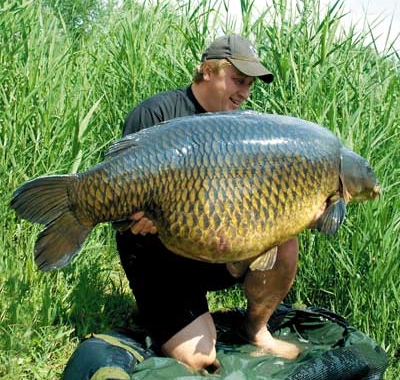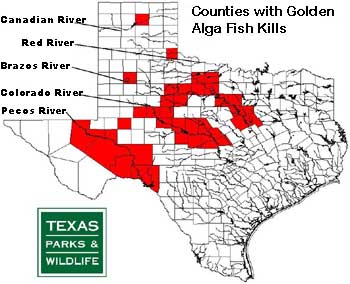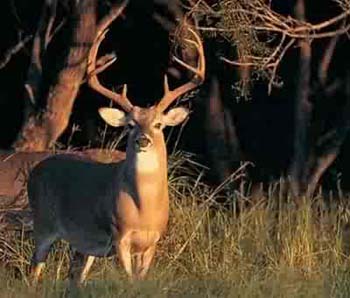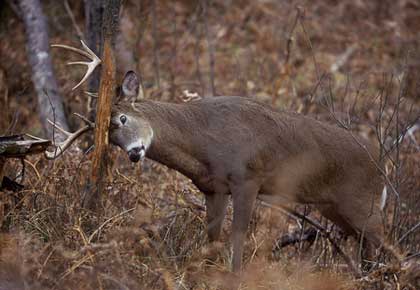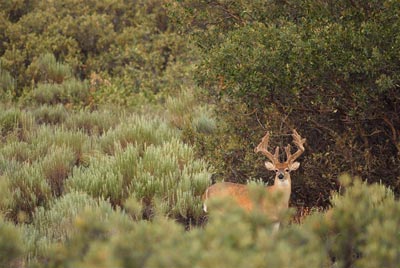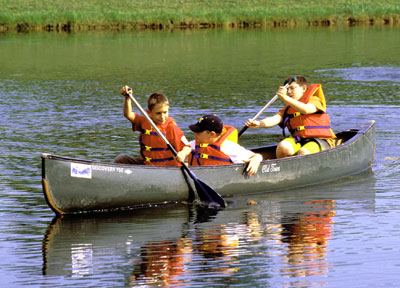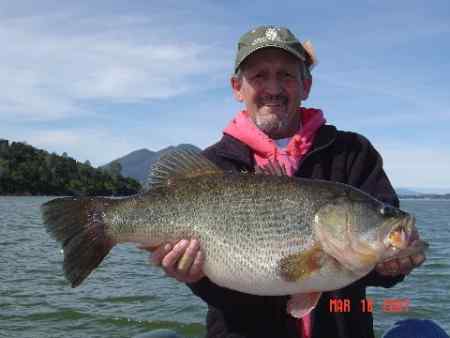
Example of a 13-pound bass.
The second lunker bass of the current Budweiser ShareLunker season was caught Sunday on Toledo Bend Reservoir on the Texas-Louisiana border. Angler James Manasco of Hemphill caught the 13.75-pound largemouth bass and donated it alive to Texas Parks and Wildlife Department for the program, which uses big “lunker” bass caught by anglers as a source of genetic material for fish hatchery and stocking programs.
An interesting aspect about the big bass — state fisheries biologists say it appeared Sunday’s lunker may have already spawned, a little unusual for this early in the year when waters are typically still cold. If spawning has taken place, it’s likely the result of recent up and down temperatures.
